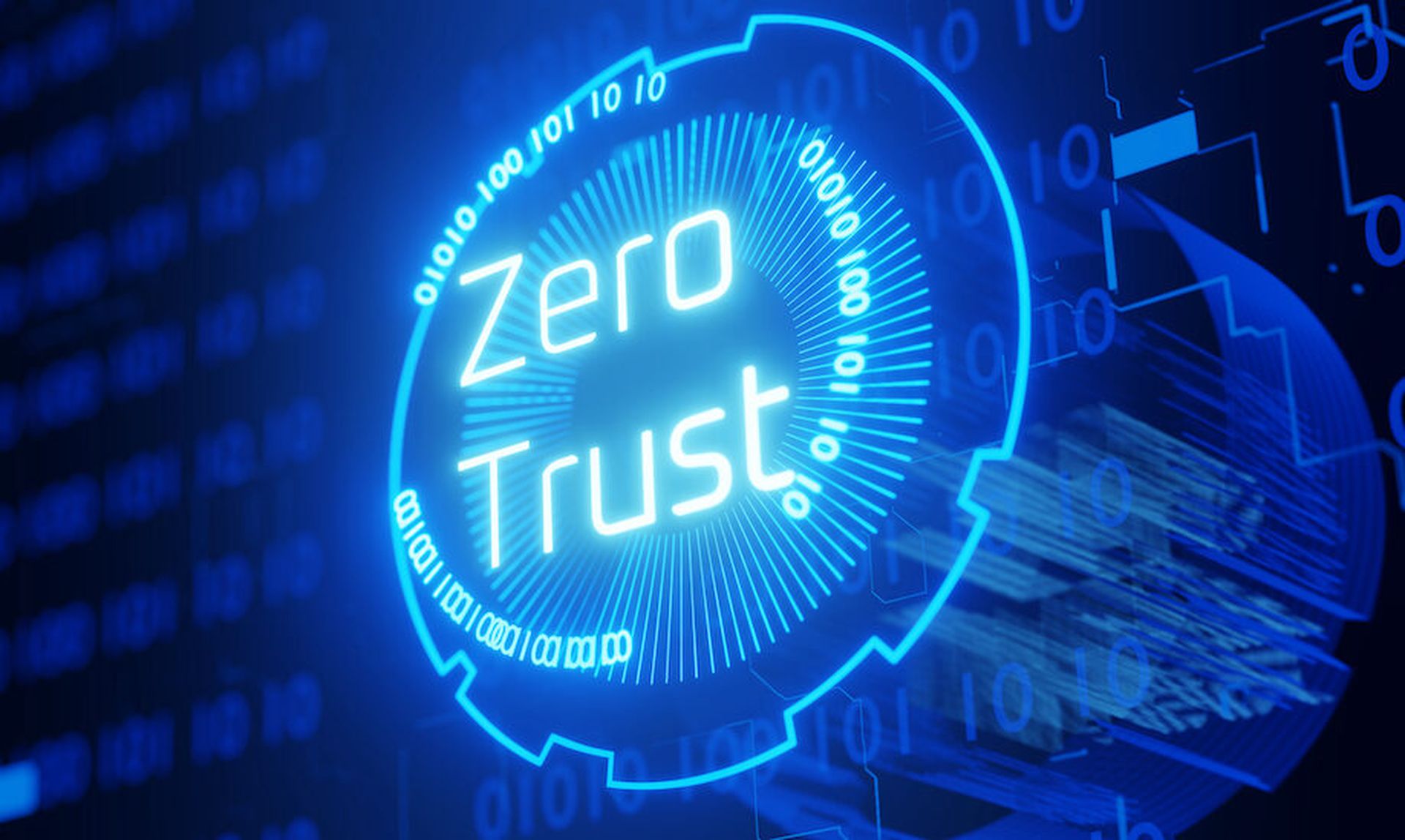Microsoft is “doubling down” on making cybersecurity its top priority, CEO Satya Nadella told analysts in its recent fiscal Q3 2024 earnings call.“Security underpins every layer of our tech stack, and it’s our number one priority,” Nadella said.Still, it's worth noting that not one analyst on the conference call asked Nadella about Microsoft's cybersecurity posture.“We launched our Secure Future Initiative last fall for this reason, bringing together every part of the company to advance cybersecurity protection, and we are doubling down on this very important work, putting security above all else — before all other features and investments,” he said.Secure Future is Microsoft’s umbrella for the tech giant’s software engineering process, meant to enable its software to be secure by default and revolving around artificial intelligence.Protect tenants and isolate production systems Protect identities and secrets Protect networks Protect engineering systems Monitor and detect threats Accelerate response and remediation “We remain committed to sharing our learnings, tools, and innovation with customers,” Nadella said, pointing to Copilot for Security, which brings “together LLMs (large language models) with domain-specific skills informed by our threat intelligence and 78 trillion daily security signals, to provide security teams with actionable insights.”The comments come after Microsoft suffered an email breach in 2023 that exposed its senior leadership team and employees in its cybersecurity, legal and other functions. In April the U.S. Cybersecurity and Infrastructure Security Agency (CISA) issued an emergency directive telling all federal civilian executive branch (FCEB) agencies to guard against attacks from the Russia-linked Midnight Blizzard hackers currently leveraging compromised Microsoft email accounts.Failure to detect the compromise of its cryptographic "crown jewels" A lack of adequate cloud security controls in comparison with other cloud service providers Failure to detect a compromise of an employee’s laptop from a recently acquired company before allowing it to connect to the company’s corporate network A decision not to correct a public statement that it had discovered the likely root cause of the intrusion when it had not “The Board finds that this intrusion was preventable and should never have occurred. The Board also concludes that Microsoft’s security culture was inadequate and requires an overhaul,” the CSRB said.Cloud service providers should implement modern control mechanisms and baseline practices, informed by a rigorous threat model, across their digital identity and credential systems to substantially reduce the risk of system-level compromise. Cloud service providers should adopt a minimum standard for default audit logging in cloud services to enable the detection, prevention, and investigation of intrusions as a baseline and routine service offering without additional charge. Cloud service providers should implement emerging digital identity standards to secure cloud services against prevailing threat vectors. Relevant standards bodies should refine, update, and incorporate these standards to address digital identity risks commonly exploited in the modern threat landscape. Cloud service providers should adopt incident and vulnerability disclosure practices to maximize transparency across and between their customers, stakeholders and the United States government. Cloud service providers should develop more effective victim notification and support mechanisms to drive information-sharing efforts and amplify pertinent information for investigating, remediating and recovering from cybersecurity incidents. The U.S. government should update the Federal Risk Authorization Management Program and supporting frameworks and establish a process for conducting discretionary special reviews of the program’s authorized Cloud Service Offerings following especially high-impact situations. The National Institute of Standards and Technology should also incorporate feedback about observed threats and incidents related to cloud provider security. As a result of the CSRB’s recommendations, the Cybersecurity and Infrastructure Security Agency (CISA) plans to convene major CSPs to "develop cloud security practices aligned with the CSRB recommendations and a process for CSPs to regularly attest and demonstrate alignment."
Breach, Vulnerability Management, MSSP
Microsoft CEO: Security More Important Than Features

Credit: Gary Hershorn/Getty Images
You can skip this ad in 5 seconds



